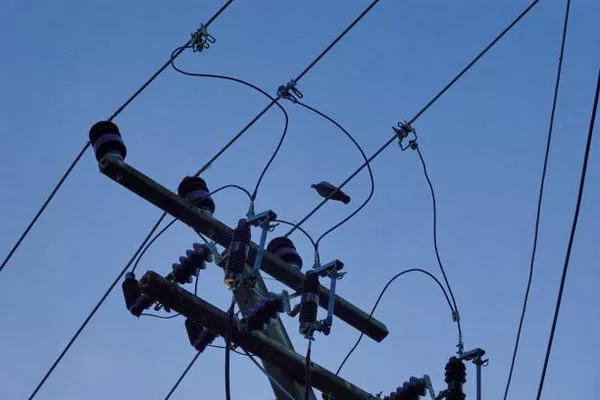Transformers play a critical role in the efficient transmission and distribution of electrical power across the grid. However, like any complex piece of machinery, transformers are susceptible to failures that can have severe consequences. One of the most alarming events is a transformer explosion. In this article, we will delve into the various causes behind transformer explosions and explore preventative measures to enhance the reliability of these essential components of the power infrastructure.
Overloading and Overheating
One of the primary causes of transformer failures is overloading. When a transformer is subjected to a load that exceeds its rated capacity, it can lead to overheating. Overloading occurs when the demand for electrical power surpasses the transformer’s designed capacity, causing the internal temperature to rise rapidly. The increased temperature can degrade the insulation materials, reducing their effectiveness and potentially leading to catastrophic failure.
To mitigate the risk of overloading, proper load management and regular monitoring of transformer loading are essential. Implementing load-shedding strategies during peak demand periods and employing advanced monitoring systems can help prevent overloading, ensuring transformers operate within their designed limits.
Insulation Failure
Transformers rely on insulating materials to maintain a barrier between different voltage levels within the system. Over time, insulation can degrade due to factors such as moisture ingress, chemical contamination, or thermal aging. As insulation weakens, the risk of a short circuit increases, leading to arcing and potential explosions.
Regular maintenance, including insulation testing and oil analysis, is crucial to identify early signs of insulation degradation. Additionally, implementing effective sealing measures to prevent moisture ingress and using high-quality insulating materials can extend the lifespan of transformers and reduce the likelihood of insulation-related failures.
Electrical Faults and Short Circuits
Electrical faults, such as short circuits, can rapidly escalate into catastrophic failures if not addressed promptly. Short circuits occur when a low-resistance connection is established between two points with different voltage potentials. This can lead to a sudden surge of current, causing overheating and potentially resulting in an explosion.
Protective devices such as fuses and circuit breakers are critical in preventing and mitigating the impact of short circuits. Regular testing and maintenance of these protective devices, coupled with a robust fault detection system, can significantly reduce the risk of electrical faults leading to transformer explosions.
Aging and Deterioration
As transformers age, the materials used in their construction can deteriorate, reducing the overall reliability of the unit. Over time, the mechanical stresses, thermal cycling, and environmental factors can contribute to the degradation of key components, increasing the likelihood of failures.
Scheduled maintenance and comprehensive condition assessment programs are vital for identifying signs of aging and deterioration in transformers. In some cases, preventive measures such as retrofilling with new insulating fluids or even replacing the entire transformer may be necessary to ensure continued reliability.
External Factors
Transformers are exposed to various external factors that can contribute to their failure. Adverse weather conditions, such as lightning strikes, floods, or extreme temperatures, can pose a significant threat. Additionally, physical damage caused by accidents, vandalism, or seismic events can compromise the integrity of the transformer.
Installing lightning protection systems, implementing flood prevention measures, and locating transformers in secure enclosures can help mitigate the impact of external factors. Regular inspections and assessments of transformer sites are essential to identify potential risks and take corrective actions.
See Also Can A Transformer Convert AC To DC? A Comprehensive Analysis
Conclusion
Transformer explosions are complex events that can result from a combination of factors. Understanding the causes and implementing preventative measures are crucial steps in ensuring the reliability and safety of power distribution systems. Regular maintenance, advanced monitoring technologies, and a proactive approach to load management are essential components of a comprehensive strategy to minimize the risk of transformer failures. As the demand for electrical power continues to grow, the importance of safeguarding transformers against potential explosions becomes increasingly paramount in maintaining a resilient and efficient power infrastructure.

